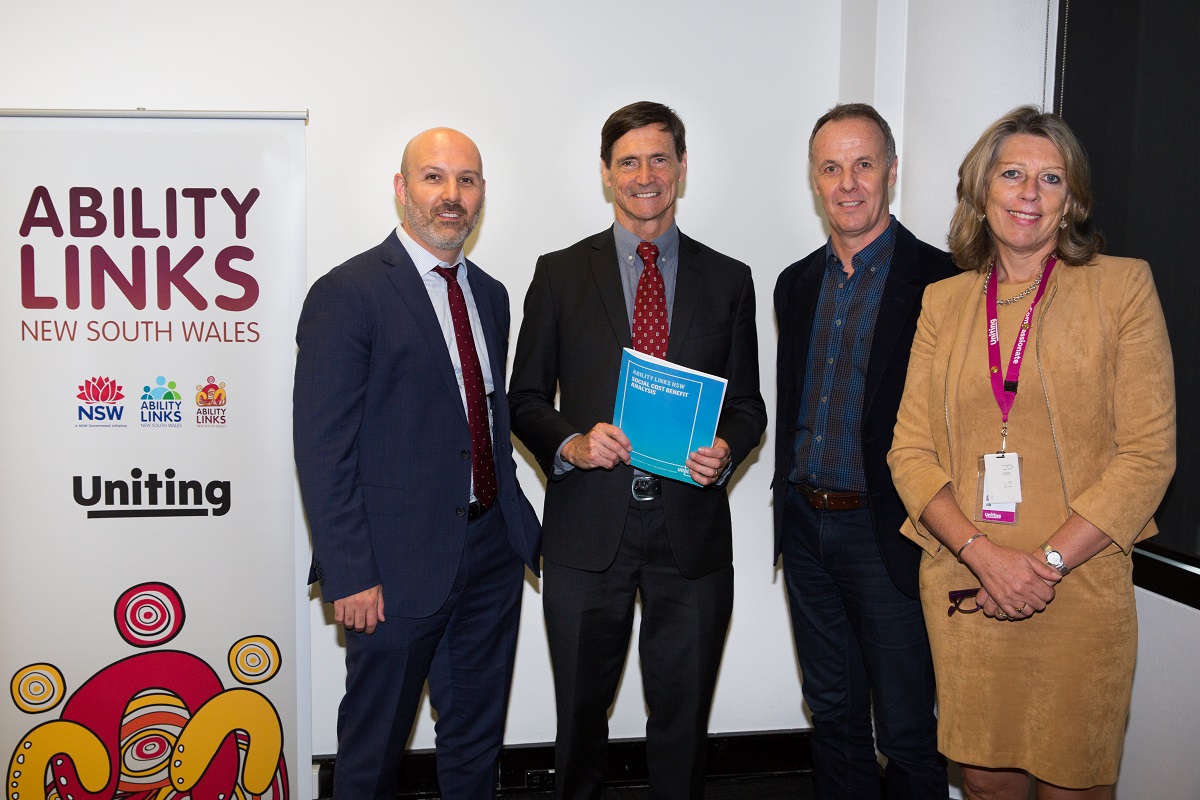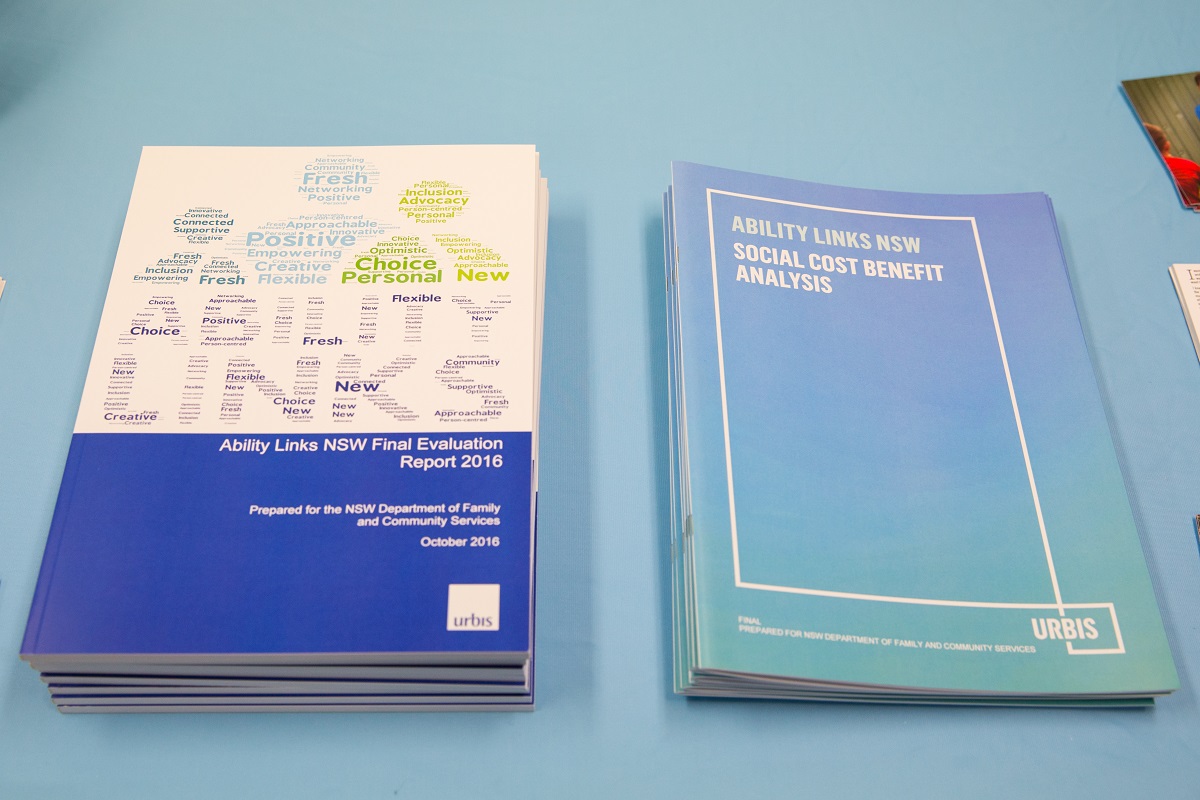Service providers, government officials and program participants were on hand as two Urbis reports on ground-breaking program, Ability Links NSW, were launched on Thursday 18 January.
Funded by the NSW Government, Ability Links is the first program of its kind in Australia. It represents a fresh approach to building a more inclusive community through breaking down the social isolation and lack of community connection experienced by many people with disability.
Launched by Jim Longley, Deputy Secretary of Ageing, Disability and Home Care within the Department of Family and Community Services, the program links people with disability, their families and carers to information, resources, support groups, mainstream services, education providers and local employers – based on what they want to achieve. They do most of this work themselves and are happy to do so, once they are pointed in the right direction, or receive encouragement from the program’s ‘Linkers’.

Jim Longley, Deputy Secretary of Ageing, Disability and Home Care within the Department of Family and Community Services holding a copy of one of two Urbis reports evaluating the Ability Links NSW program. Source: FACS.
Ability Links also has a strong community development focus, working with community groups, services and employers to support them to be more inclusive – often in partnership with program participants. Through increased contact with people with disability, community members are more aware of the important role they can play in breaking down physical, social, communication or system barriers that people with disability often encounter.
These positive results are all the more remarkable given that the program involves no funding to individuals. Instead, it taps into existing resources, draws on and builds social capital.

